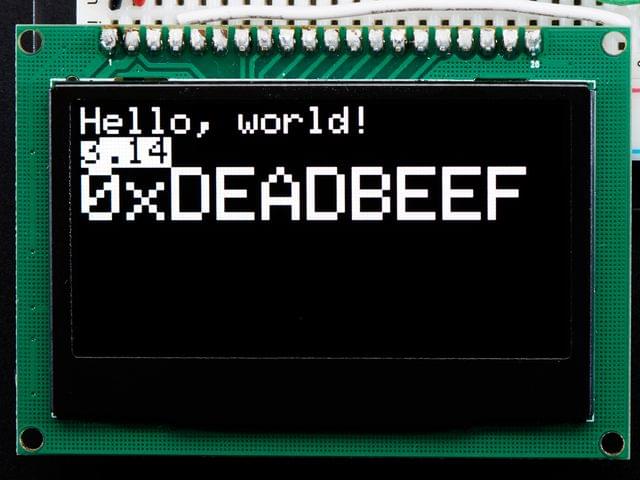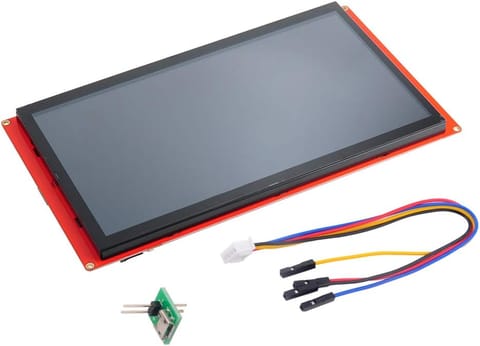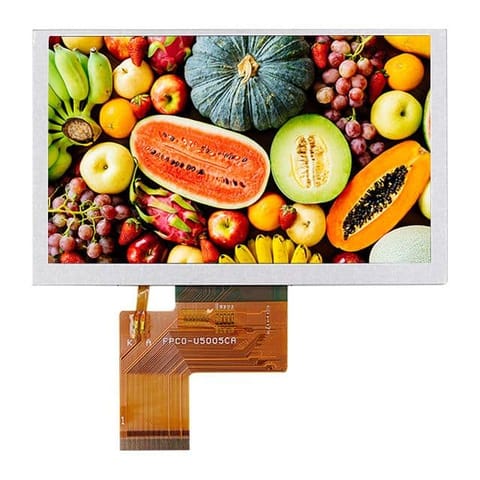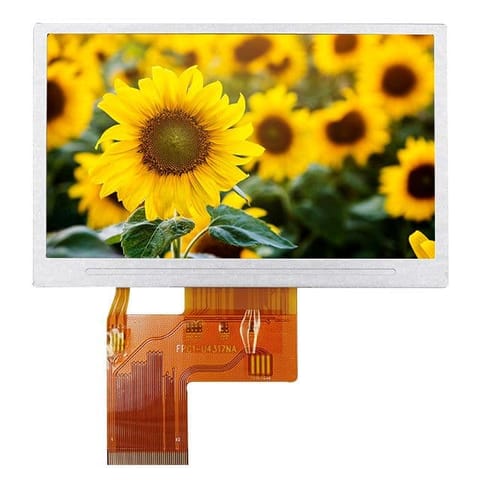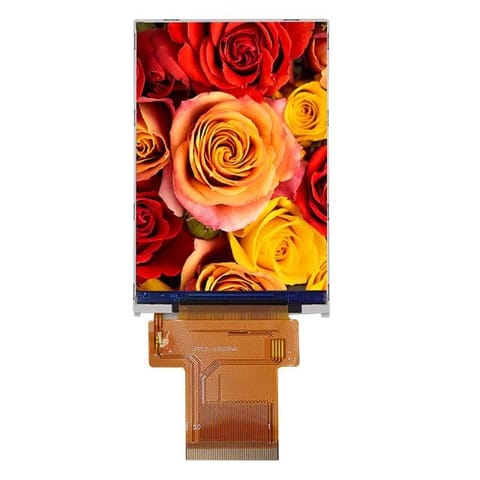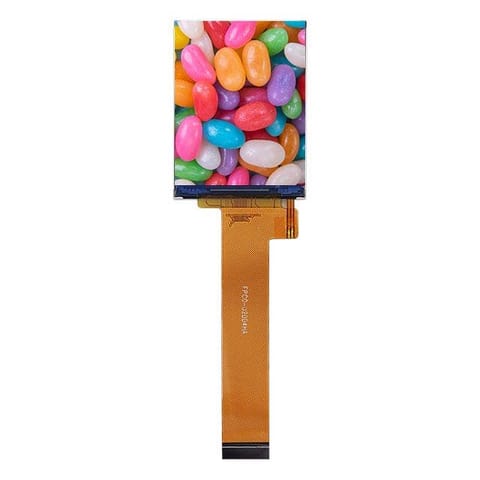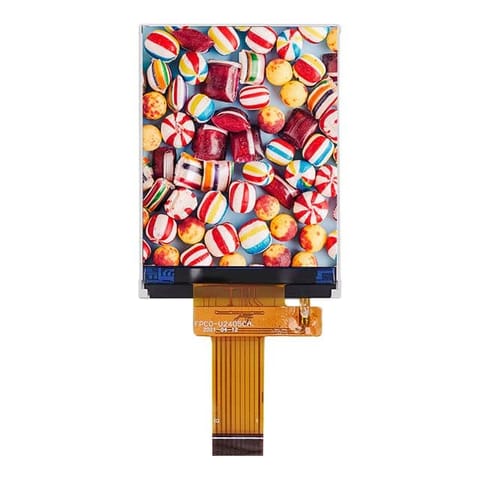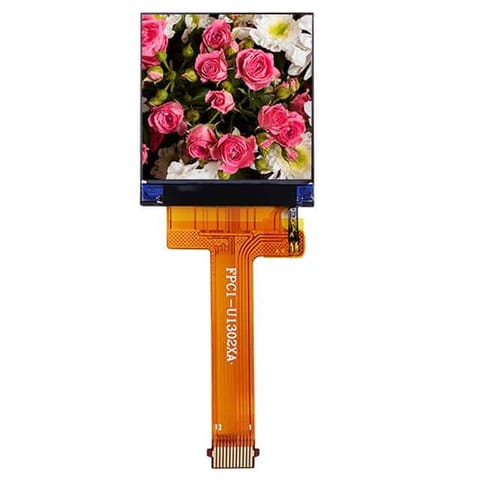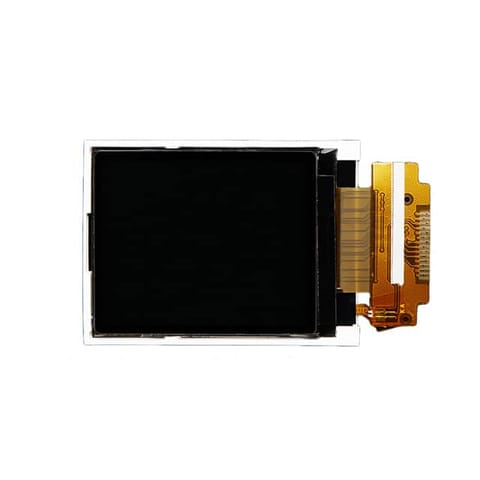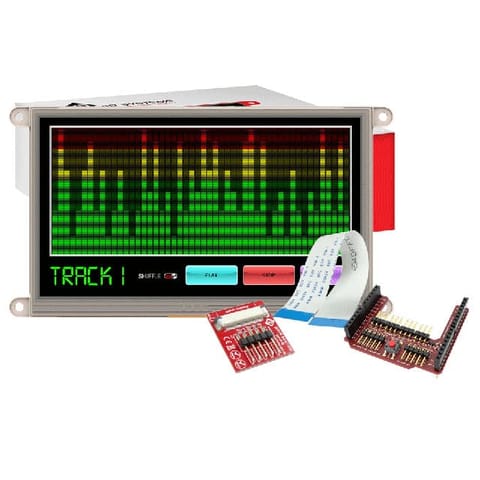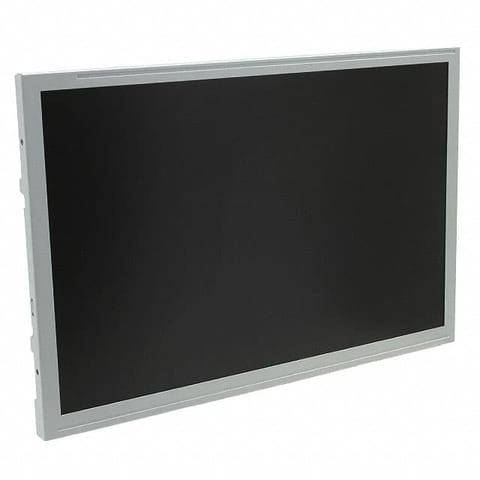- TERMINALS
- TERMINALS
- WIRELESS MODULES
- WIRELESS MODULES
- DEVELOPMENT BOARDS & KITS
- DEVELOPMENT BOARDS & KITS
- RF and Wireless
- RF and Wireless
- SINGLE BOARD COMPUTER
- SINGLE BOARD COMPUTER
- BREAKOUT BOARDS
- BREAKOUT BOARDS
- LED
- LED
- TEST AND MEASUREMENT
- TEST AND MEASUREMENT
- DEVELOPMENT BOARDS AND IC's
- DEVELOPMENT BOARDS AND IC's
- CABLES/WIRES/FANS
- CABLES/WIRES/FANS
- EMBEDDED COMPUTERS
- EMBEDDED COMPUTERS
- INDUSTRAL AUTOMATION AND CONTROL
- INDUSTRAL AUTOMATION AND CONTROL
- COMPUTER EQUIPMENT
- COMPUTER EQUIPMENT
- CONNECTORS & INTERCONNECTS
- CONNECTORS & INTERCONNECTS
- MOTORS/DRIVERS/ACTUATORS/MODULES
- MOTORS/DRIVERS/ACTUATORS/MODULES
- MAKER/DIY EDUCATIONAL
- MAKER/DIY EDUCATIONAL
- BASIC COMPONENTS
- BASIC COMPONENTS
- TOOLS & ACCESSORIES
- TOOLS & ACCESSORIES
- FPGA HARDWARE
- FPGA HARDWARE
- POWER SUPPLIES
- POWER SUPPLIES
- ROBOTICS & AUTOMATION
- ROBOTICS & AUTOMATION
- TRANSDUCERS
- TRANSDUCERS
- MEMORY CARDS & MODULES
- MEMORY CARDS & MODULES
- SOFTWARE
- SOFTWARE
Description
If you've been diggin' our monochrome OLEDs but need something bigger, this display will delight you! These displays are 2.42" diagonal, and very readable due to the high contrast of an OLED display. This display is made of 128x64 individual white OLED pixels, each one turned on or off by the controller chip. Because the display makes its own light, no backlight is required. This reduces the power required to run the OLED and is why the display has such high contrast; we really like this graphic display for its crispness!
The driver chip, SSD1305 can communicate in three ways: 8-bit, I2C or SPI. Personally we think SPI is the way to go, only 4 or 5 wires are required and its very fast. The OLED itself requires a 3.3V power supply and 3.3V logic levels for communication. We include a breadboard-friendly level shifter that can convert 3V or 5V down to 3V, so it can be used with 5V-logic devices like Arduino.
The power requirements depend a little on how much of the display is lit but on average the display uses about 50mA from the 3.3V supply. Built into the OLED driver is a simple switch-cap charge pump that turns 3.3V into a high voltage drive for the OLEDs.
Each order comes with one assembled OLED module with a nice bezel and 4 mounting holes. The display is 3V logic & power so we include a HC4050 level shifter. We also toss in a 220uF capacitor, as we noticed an Arduino may need a little more capacitance on the 3.3V power supply for this big display! This display does not come with header attached but we do toss in a stick of header you can solder on. Also, the display may come in SPI mode. You can change modes from 8-bit to SPI or I2C with a little soldering, check out the tutorial for how to do so.Please Note: Metro not included! A microcontroller such an Arduino is required to use.
Getting started is easy! We have a detailed tutorial and example code in the form of an Arduino library for text and graphics. You'll need a microcontroller with more than 512 bytes of RAM since the display must be buffered. The library can print text, bitmaps, pixels, rectangles, circles and lines. It uses 512 bytes of RAM since it needs to buffer the entire display but its very fast! The code is simple to adapt to any other microcontroller.
Note: Cable and code on back of board may vary but displays will work the same.
TECHNICAL DETAILS
- Datasheet for SSD1305 the passive OLED driver chip in the module this is the chip in the module that converts SPI/8-bit commands to OLED control signals
- Screen Dimensions: 1.14" x 2.2" x .26" / 29mm x 56mm x 6.8mm
- Screen Weight: 22g
- Driving voltage: 3.3V
- Interfaces: 8 parallel port, 4-wire SPI, I2C
- Diagram for 2.42" OLED submodule
- Datasheet for the 2.42" OLED display
- Home
- LCD & DISPLAYS
- Monochrome 2.42" 128x64 OLED Graphic Display Module Kit
Monochrome 2.42" 128x64 OLED Graphic Display Module Kit
SIZE GUIDE
- Shipping in 10-12 Working days
- http://cdn.storehippo.com/s/59c9e4669bd3e7c70c5f5e6c/ms.products/5d5792426071e86dab7f24c0/images/5d5792426071e86dab7f24c1/5d579133fd6f816d25ba4fb9/5d579133fd6f816d25ba4fb9.jpg
Description of product
Description
If you've been diggin' our monochrome OLEDs but need something bigger, this display will delight you! These displays are 2.42" diagonal, and very readable due to the high contrast of an OLED display. This display is made of 128x64 individual white OLED pixels, each one turned on or off by the controller chip. Because the display makes its own light, no backlight is required. This reduces the power required to run the OLED and is why the display has such high contrast; we really like this graphic display for its crispness!
The driver chip, SSD1305 can communicate in three ways: 8-bit, I2C or SPI. Personally we think SPI is the way to go, only 4 or 5 wires are required and its very fast. The OLED itself requires a 3.3V power supply and 3.3V logic levels for communication. We include a breadboard-friendly level shifter that can convert 3V or 5V down to 3V, so it can be used with 5V-logic devices like Arduino.
The power requirements depend a little on how much of the display is lit but on average the display uses about 50mA from the 3.3V supply. Built into the OLED driver is a simple switch-cap charge pump that turns 3.3V into a high voltage drive for the OLEDs.
Each order comes with one assembled OLED module with a nice bezel and 4 mounting holes. The display is 3V logic & power so we include a HC4050 level shifter. We also toss in a 220uF capacitor, as we noticed an Arduino may need a little more capacitance on the 3.3V power supply for this big display! This display does not come with header attached but we do toss in a stick of header you can solder on. Also, the display may come in SPI mode. You can change modes from 8-bit to SPI or I2C with a little soldering, check out the tutorial for how to do so.Please Note: Metro not included! A microcontroller such an Arduino is required to use.
Getting started is easy! We have a detailed tutorial and example code in the form of an Arduino library for text and graphics. You'll need a microcontroller with more than 512 bytes of RAM since the display must be buffered. The library can print text, bitmaps, pixels, rectangles, circles and lines. It uses 512 bytes of RAM since it needs to buffer the entire display but its very fast! The code is simple to adapt to any other microcontroller.
Note: Cable and code on back of board may vary but displays will work the same.
TECHNICAL DETAILS
- Datasheet for SSD1305 the passive OLED driver chip in the module this is the chip in the module that converts SPI/8-bit commands to OLED control signals
- Screen Dimensions: 1.14" x 2.2" x .26" / 29mm x 56mm x 6.8mm
- Screen Weight: 22g
- Driving voltage: 3.3V
- Interfaces: 8 parallel port, 4-wire SPI, I2C
- Diagram for 2.42" OLED submodule
- Datasheet for the 2.42" OLED display
NEWSLETTER
Subscribe to get Email Updates!
Thanks for subscribe.
Your response has been recorded.
INFORMATION
ACCOUNT
ADDRESS
Tenet Technetronics# 2514/U, 7th 'A' Main Road, Opp. to BBMP Swimming Pool, Hampinagar, Vijayanagar 2nd Stage.
Bangalore
Karnataka - 560104
IN
Tenet Technetronics focuses on “Simplifying Technology for Life” and has been striving to deliver the same from the day of its inception since 2007. Founded by young set of graduates with guidance from ardent professionals and academicians the company focuses on delivering high quality products to its customers at the right cost considering the support and lifelong engagement with customers. “We don’t believe in a sell and forget model “and concentrate and building relationships with customers that accelerates, enhances as well as provides excellence in their next exciting project.


